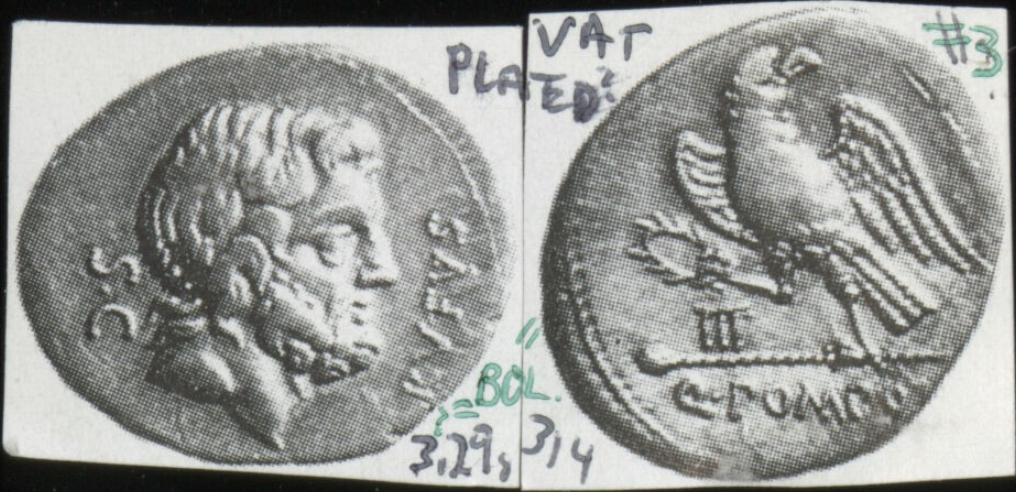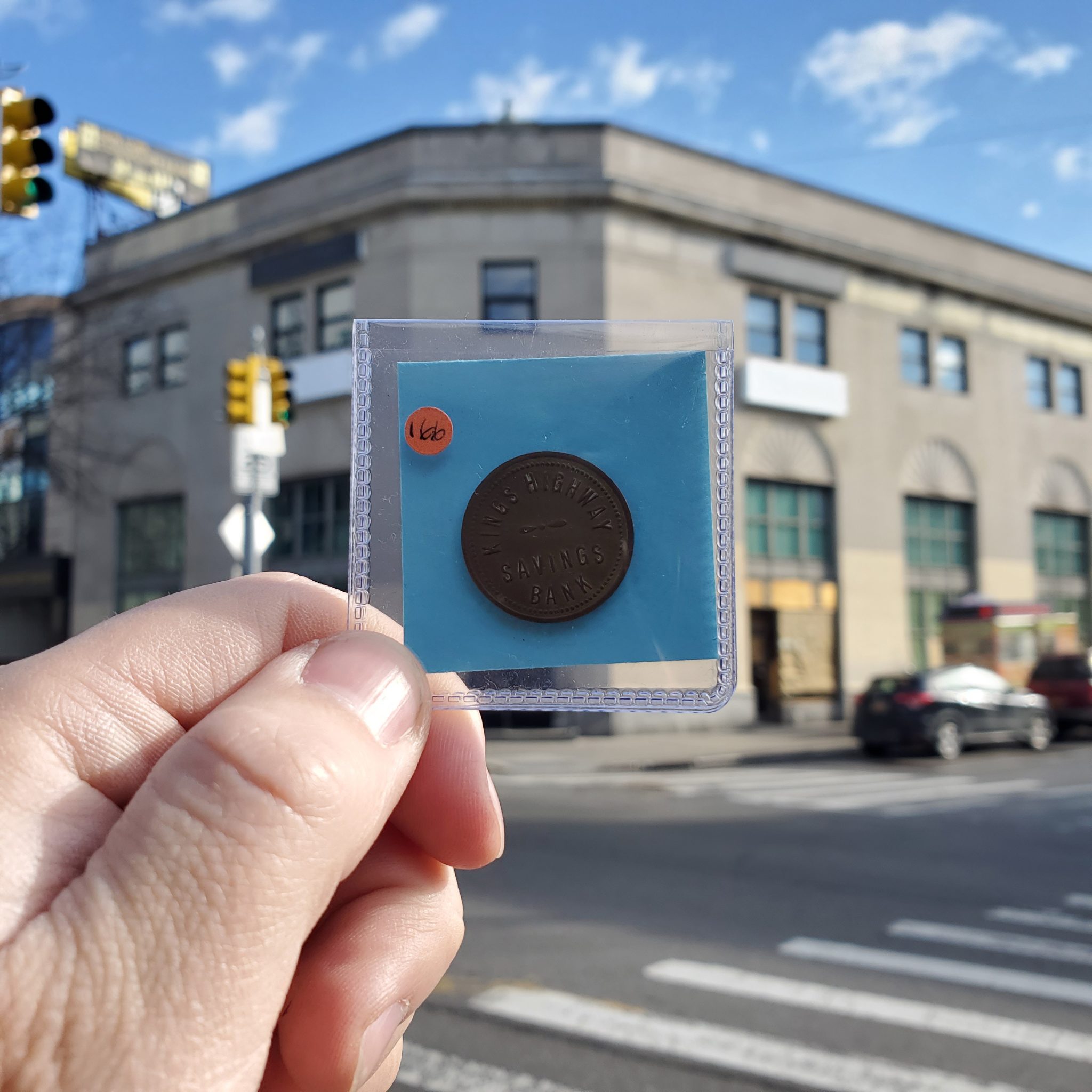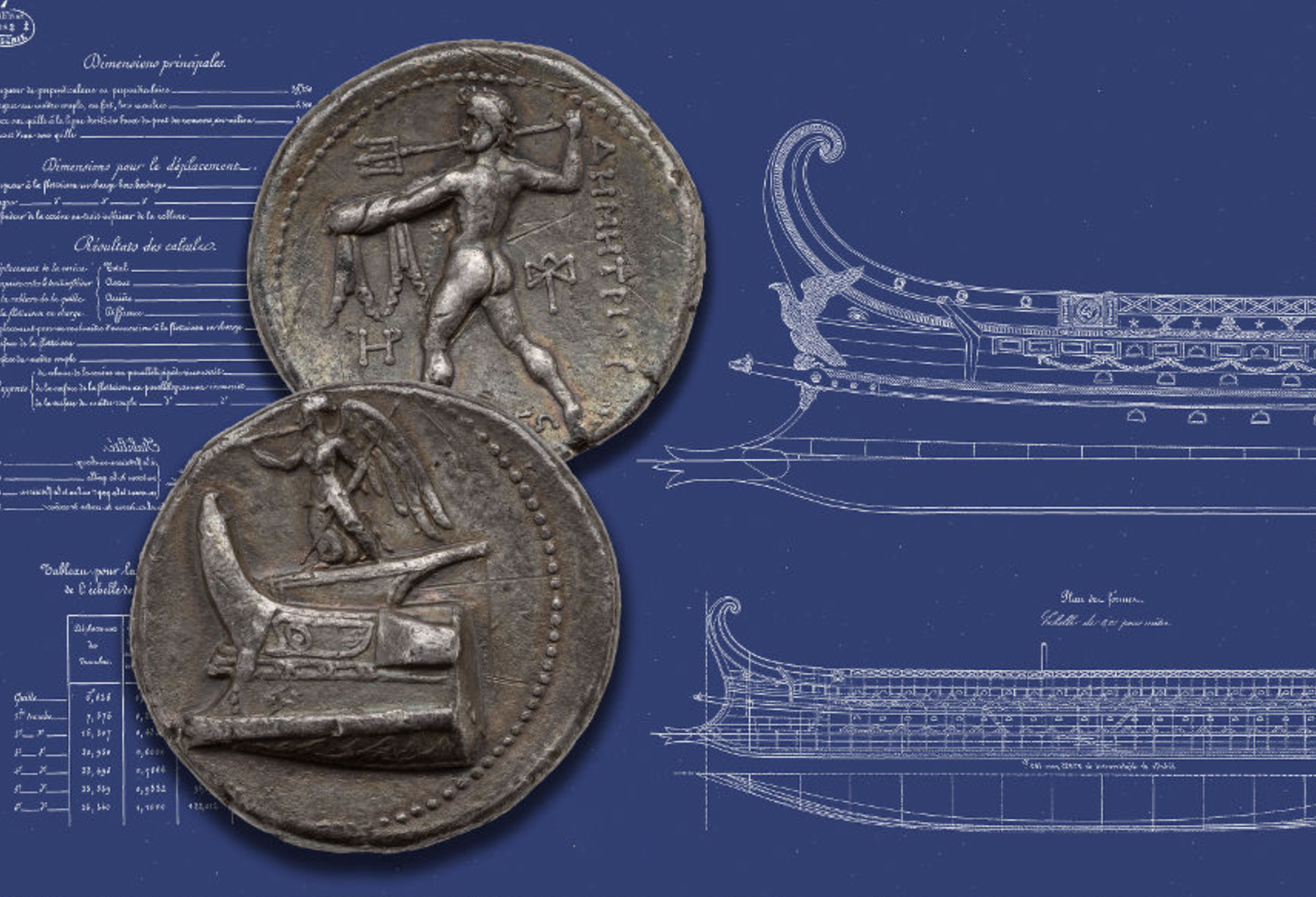Developments and Preliminary Data Release for the Roman Republican Die Project
Lucia Carbone and Liv M. Yarrow
The following post is a precursor to a Long Table discussion scheduled for Friday, July 16, 1 pm. Please join us then for an open Q&A following the presentation. If you are unable to do so, please feel free to send along any questions or comments to Lucia Carbone and Liv Mariah Yarrow.
Nearly three decades ago Richard Schaefer began collecting images of Roman Republican coins and organizing these images by one die, either obverse or reverse based on which was most distinctive for each type (Figs. 1 and 2).


In Summer 2020 the ANS released all the digitized images through its online archives (Archer) and connected relevant pages to the types in Coinage of the Roman Republic Online (CRRO). You can read about the process of digitization and the background to the project in our September 2019 ANS Magazine article, “Opening Access to Roman Republican Dies”. To learn more about the materials on Archer and how to navigate them, see these earlier blog posts. For those interested in the possible research applications of RRDP, especially concerning quantification of coin production, we published an article in RBN 2020, where the data from RRDP were put in the context of the aftermath of the First Mithridatic War (89–85 BCE), in order to show the correlation between monetary production in the provinces of the Roman Empire and the Roman Republican one.
In November 2020 the ANS received a grant for a two-year pilot project to build a database capable of reflecting Schaefer’s die analyses and enabling that work to be expanded in future by both Schaefer and the RRDP team. The present phase is focusing on the die transcription of Crawford types 336–392 (92–75 BCE).
The reason for prioritizing these decades lies in the fact that in these years Rome found herself battling at the same time with her Italian allies (socii)—the backbone of her fighting force for her conquest and control of the Mediterranean—and with the formidable king of Pontus, Mithridates VI. While Rome’s war with the socii threatened Rome’s own existence in the Italian peninsula, the war against Mithridates promised to annihilate the Roman conquests in the East. These are also the years when historical figures of the caliber of Marius, Sulla, and Pompey rose to prominence. In spite of the crucial importance of this historical period, no contemporary, continuous narrative of this period survives as a whole. Being able to quantify the coinage for this period would provide new historical insights into the funding of different military and domestic projects and allow for a comparison of relative expenditure based on threat or need.
Within this period, we are prioritizing the transcription of a part of Schaefer’s Archive known as ODEC: One Die for Each Control Mark (Fig. 3).


As the name suggests, ODEC issues have a specific correspondence between dies and control marks. Usually there is a univocal correspondence between obverse and reverse dies for each of these control marks. Early on, Schaefer realized the value of these types for understanding the coin production processes used at the Roman mint and also for testing and improving statistical models for estimating the original number of dies used to strike an issue.
The funding first enabled Ethan Gruber, the ANS Director of Data Science, to adapt Numishare software to create both a die database and specimen database for coins known only from images, rather than those in collections already connected to nomisma.org and thus represented in CRRO. He then connected the die database (RRDP) and the specimen database (SITNAM) to CRRO. For most users these new developments are best seen as extensions of CRRO itself: under each type you will see a total of 5,000 more specimens and also information about known dies. How CRRO displays this still being developed (Figs. 4–6).



Gruber also adapted an existing, open-source tool, SimpleAnnotationServer, for the RRDP team to work simultaneously on transcribing different parts of Schaefer’s archive and annotating images in Archer (Fig. 7).

Thanks to Gruber’s innovation, the RRDP team is gradually understanding the challenges of the material and how to make the transcription process as smooth and as accurate as possible. What we are sharing now is the results of this early learning process.
These preliminary technical tools have enabled us to begin the laborious transcription process. This release includes the following Crawford types:
While we aimed to accurately reflect Schaefer’s analyses for all these issues, we also know that the very process of making them available is likely to generate feedback for improvement. Throughout the transcription process we have regularly consulted Schaefer on his notations and where we had questions regarding his analyses, but mistakes are inevitable and regular updates are a key goal of the RRDP project. In this we take our lead from Schaefer himself who always welcomes new observations to revise and improve the quality of the die analyses.
Many individuals have been involved thus far on the transcription project, but perhaps the most important team member is Alice Sharpless. Sharpless is currently employed part-time on RRDP, but will work full time from October onwards following the defense of her PhD thesis, “The Value of Luxury: Precious Metal Tableware in the Roman Empire.” Sharpless brings to the team a wealth of experience digitizing the finds from the excavations at Hadrian’s Villa in Tivoli, as well as her on-going work cataloguing the imperial coins in Columbia Library’s Olcott Collection in advance of the collection’s digital publication.
We are also indebted to a number of volunteers including Miriam Bernstein, a class of 2021 Phi Beta Kappa graduate of Brooklyn College (dual major in Classics and Religion). Bernstein’s work on RRDP was initially funded by a Kurz Undergraduate Research Assistantship, but even after completing this initial commitment, Bernstein has continued to work in a voluntary capacity. She’ll be leaving the project in autumn to begin a year in the AmeriCorps’ Literacy Program in Palm Beach, Florida. However, we hope to welcome her back to the ANS and RRDP in future.
This release has also benefited from the keen eye and interest of Jeremy Haag. He and Liv Yarrow discovered they were both working on RRC 378 and decided to team up. Haag has a PhD in Plant Biology and works for Bayer Crop Science as a research scientist, but in his spare time is an avid numismatist with a deep interest in the Roman Republican series. He will co-present at the Long Table on how RRDP has been forwarding his research. Similar updates on other volunteers and collaborators will be included in each new release.
Our biggest goals are to continue to transcribe ODEC issues, but we also want to refine the transcription process to make it more user friendly and thus enable more and faster transcription. We’ll also be reviewing community feedback and adjusting and refining the display of information.
If this pilot project is successful, we hope to develop a means by which new materials can be directly incorporated into RRDP through a web interface, so that it can be a living die study that is constantly improving in accuracy rather than a static archive. We also hope to collaborate with other die study initiatives to ensure the RRDP data is fully integrated into those projects.
At the upcoming Long Table on Friday, July 16th, titled Digitized die-studies: an update on RRDP and SILVER, this possibility will be discussed in detail by Caroline Carrier. Caroline is the lead post-doctoral researcher on the SILVER project, which is building a database of all known ancient world silver die studies.




